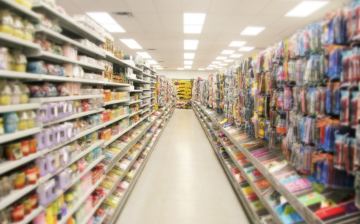
Dark Stores Network
Dark Stores Network
DARK STORE NETWORK
By
Rashi and Rahul
Dark Stores
Dark stores are a direct-to-customer (D2C) business model that can operate in any market, including groceries, clothing, footwear, and other goods.
A dark store is essentially a micro-fulfillment center dedicated to rapid online order fulfillment. It functions like a small, local store but without walk-in customers. Inside, it has aisles with shelves and racks stocked with groceries and other products.
When a customer places an order, dark store staff immediately pick and pack the items available in stock. The order is then shipped directly to the customer’s address or sent to a convenient collection point specified by the customer.
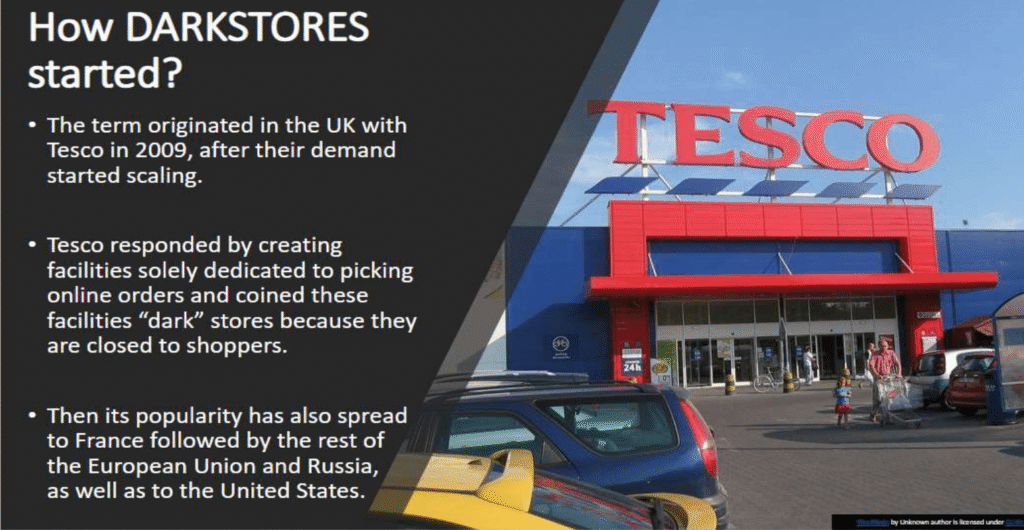
How It Started in India
The onset of COVID-19 in early 2020 acted as a catalyst for the rapid adoption of dark stores in India. With customers forced to stay indoors during the lockdown, online retail purchases increased manifold.
At the same time, the digital payment landscape evolved significantly. More than 33% of the population began using one or more of the 50-plus Indian e-wallets available in the market.
These factors, combined with a major shift in consumer shopping behavior during the lockdown, led to the rise of the dark store business model in India. This model could efficiently meet customer needs for online shopping while also ensuring fast delivery and cost-effectiveness.
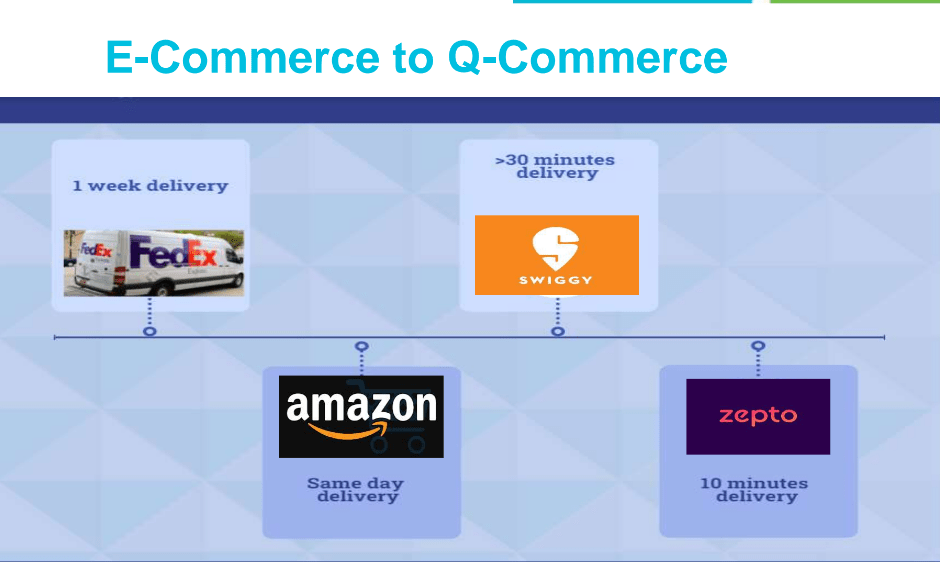
DIFFERENCE BETWEEN TRADITIONAL E-COMMERCE AND Q-COMMERCE
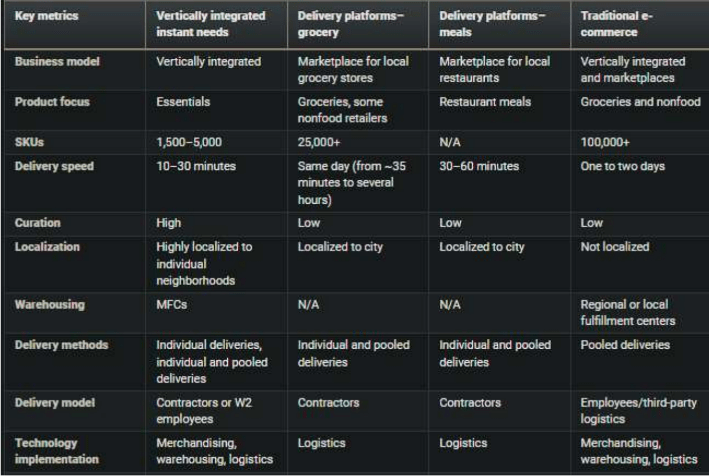
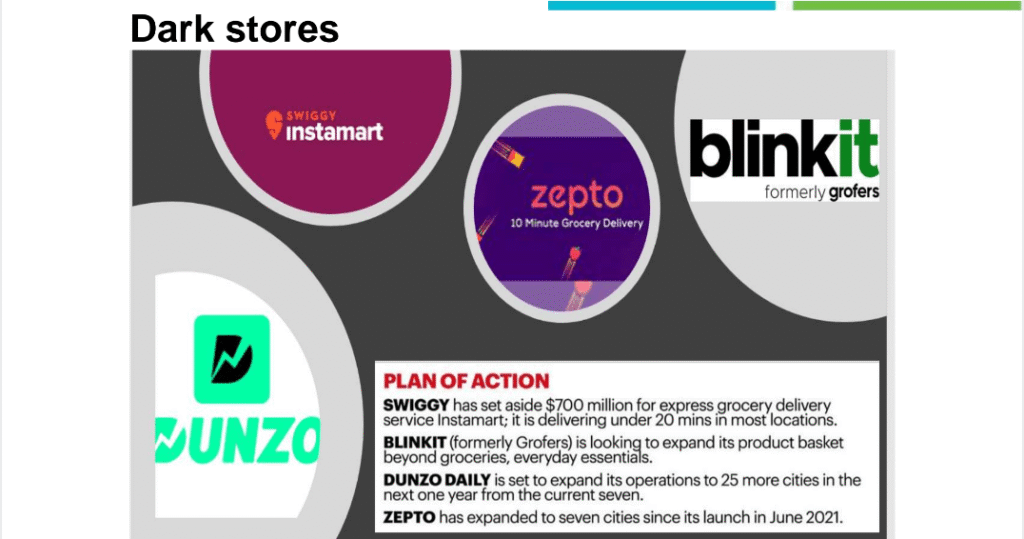
Creating Dark stores:
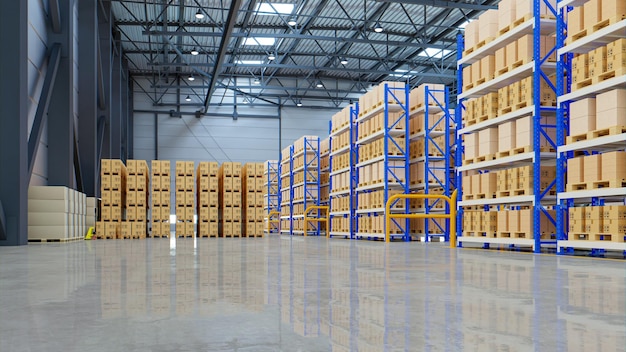
Understanding Customer Demand – The first step is to observe what people want to buy and how frequently they purchase those items. This is followed by assessing the total spending power of the locality.
Location Engineering – Whenever a company plans to enter a new area, it analyzes traffic routes and checks real estate prices in that locality. This helps estimate the average lead time even before deliveries begin in that area.
Creating a Dark Store – After completing the first two steps, the company opens a dark store in a centralized location. The chosen site should have the capacity to serve all customers within a radius of 3–10 km.
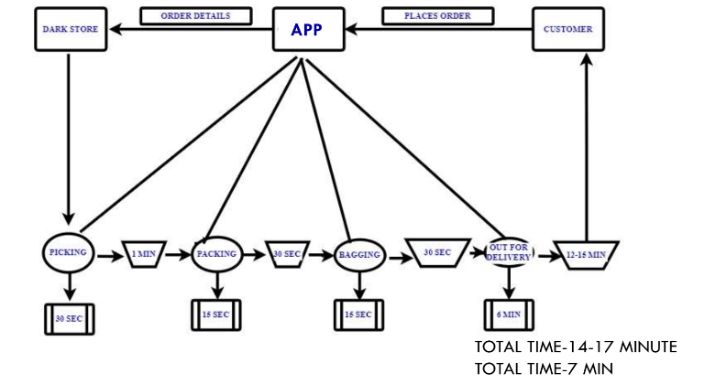
International Industry Standards for Dark Stores
- Right Layout – Dark stores require ample space to accommodate products in bulk quantities. Retailers should select a strategic location for setting up a dark store. Ideally, this should be in a densely populated area to attract more customers and enable quick home deliveries.
- Well-Defined SOPs – Standard Operating Procedures (SOPs) are essential for designing the product proposition and managing store operations. For example, if a store uses expensive equipment such as weighing scales or ovens, SOPs can guide staff on their proper use. SOPs can be developed for every operation associated with the dark store.
- Effective Inventory Planning – Retailers must ensure efficient inventory management and order fulfillment systems. Real-time inventory monitoring is essential to prevent sales losses due to out-of-stock products.
- Data Analytics – Structured data analysis helps in managing dynamic product mixes, stock levels, service quality, processes, and product alignment. Dark supermarkets use data analytics to ensure that popular products are always in stock and easily accessible.
- Robust Software – Since dark stores operate on a complex model, they require multiple software tools to ensure cost efficiency and smooth operations. Order Management Systems (OMS) and Auto-Replenishment Systems (ARS) are crucial for overall store operations, oversight, and management.
- ISO Standards – ISO stands for the International Organization for Standardization. ISO certification for a dark store indicates the presence of high-quality management systems, strong data security, effective risk management strategies, and standardized business practices.
Advantages of Dark Stores
- Enable fast and contact-free shopping.
- Improve distribution and delivery efficiency.
- Offer a larger product range and cater to a broader audience.
- Enhance SKU (Stock Keeping Unit) management.
- Provide better inventory control.
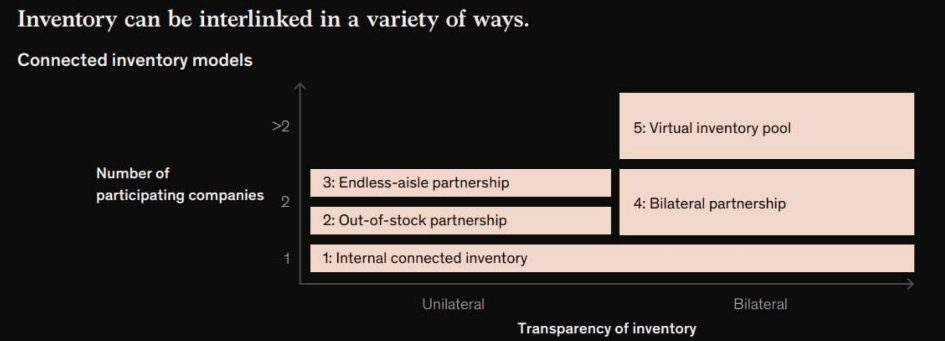
Inventory Models
- Internal Connected Inventory
A company links the inventory in its central warehouse with its local distribution centers and stores. When a customer orders a product online, the most efficient dispatch point—measured by time and cost—is selected. Alternatively, a store may be suggested for personal pickup by the customer. Sales clerks in stores can also check with a click if a sold-out product is available elsewhere.
- Out-of-Stock Partnership
Manufacturers and retailers share their respective stock information for products that the retailer regularly sources from the manufacturer. If a product is out of stock at the retailer, the customer can still complete the purchase because the manufacturer can send the article directly to them.
- Endless-Aisle Partnership
In the endless aisle model, the manufacturer gives the retailer virtual access to its entire inventory, including products that are not part of the retailer’s usual range. This allows the retailer to offer an extended product range in its online shop. The manufacturer then directly handles order fulfillment for these items.
- Bilateral Partnership
Manufacturers and retailers make their inventories transparent to each other so they can fulfill each other’s orders when needed. When a customer places an order in a partner’s online shop, the product is shipped from the best possible distribution point.
- Virtual Inventory Pool
Several retailers and manufacturers connect their inventories to form a shared pool. The pooled inventory is managed by a neutral entity—such as a joint venture—to which every partner has access. A customer order is always fulfilled from the most efficient distribution point.
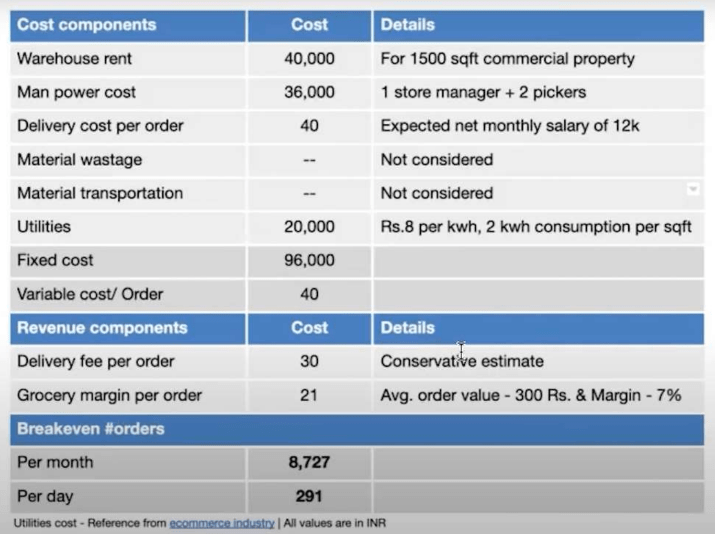
You may also like

What Are Some Risk Management Courses Offered by Institutes in India?
Cyber Security Certification Course: A Smart Investment for Your Career


